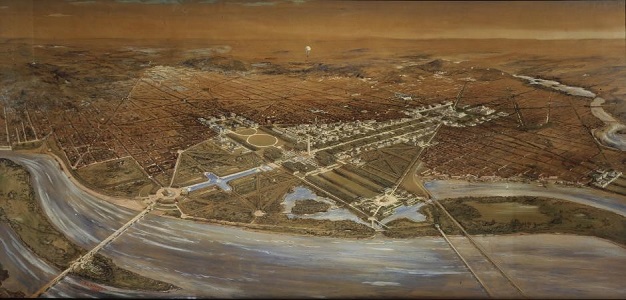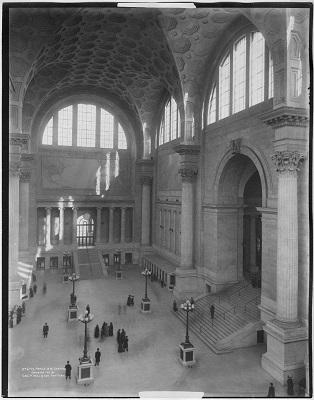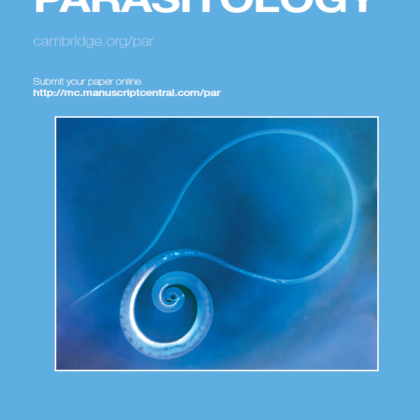The New History of the American Renaissance
In the 1970s, architectural history was hot. The preservation movement was revving up and modernism was winding down. This was a worldwide phenomenon, to be sure. But the experience in the United States was special. There, this golden moment for the discipline coincided with the nation’s bicentennial celebrations. The public was hooked. Architectural history was how many Americans came to reflect on their national past.

Of all the many American architecture shows in that decade, there was something different about the Brooklyn Museum’s The American Renaissance, 1876-1917. It turned the spotlight on a movement that had been abused and worse for much of the twentieth century: ignored. The curators showed how American Renaissance architects like Daniel Burnham and Charles F. McKim came together around the idea of combining painting, sculpture, and architecture, in the service of creating a national identity in the arts that befitted America’s newfound power in the world.

The contrast in American power between the 1870s and 1970s couldn’t have been starker. In the 1870s, the country was in the midst of a grand metamorphosis, from an economic backwater to the world’s most industrialised nation. A new business elite built on a palatial scale and cities were re-planned under the banner of the city beautiful movement. In the 1970s, the United States was in decline. Untrammelled post-war prosperity had come to an abrupt end. Palaces were being razed and cities were in default.

In 2019 it was the fortieth anniversary of the Brooklyn Museum’s show. American confidence was once again at a nadir, the nation’s semiquincentennial, in 2026, was on the horizon, and the American Renaissance had once again slipped from attention. In this context the Society of Architectural Historians of Great Britain decided it was the right time to sponsor a paper session on the American Renaissance at the Society of Architectural Historians (US) annual conference in Providence, Rhode Island.
The special collection ‘The New History of the American Renaissance’ in the forthcoming issue of Architectural History is an expansion of that paper session. Its articles, from a mix of junior and senior scholars, guest edited and with an introduction by me, present the subject in a new light. Richard Guy Wilson, Patricia Likos Ricci, Keith N. Morgan, Laura C. Jenkins, Tamara Morgenstern, Katherine Solomonson, and Daniel Immerwahr consider what happened to American Renaissance scholarship in the interim, how the Brooklyn show first came about, and bring to bear on the movement itself recent developments from outside the field.
The result is a better understanding of the roles played by race, gender, and class in the development of the American Renaissance, how it interacted with US imperial conquest in North America and in the Philippines, and how it played out in the home, in interior decorating, and outside, in landscape design and urban planning as well as in buildings. In turn, the special collection offers a much fuller account of a time—not unlike the 1970s and even to some extent today—when politics and architecture became peculiarly aligned.
The full collection is now available online at Architectural History, free to read until 28th February 2022.





